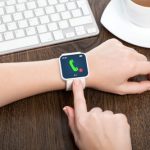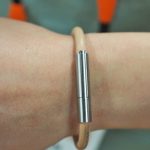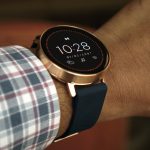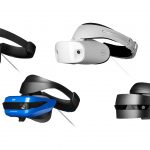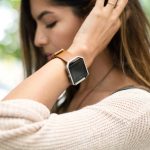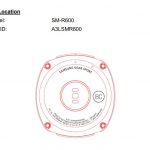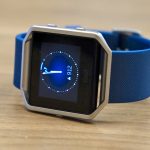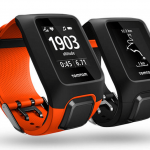Can this new wearable provide insight into epilepsy?
Can this new wearable provide insight into epilepsy?

A new wearable system was introduced last month that is designed to help epilepsy patients receive proper care when needed. The system, named MyCareCentric Epilepsy, combines a Microsoft Band wristband, a mobile app, machine learning, shared care records, and data analysis tools.
MyCareCentric Epilepsy works by placing a large variety of patient information into a single record, held in a CareCentric program from clinical records specialist Graphnet Health.
Parts of that information come directly from patients themselves, by personally entering them into the mobile app or web portal, or via a Microsoft Band wristband that they wear, that is equipped with sensors measuring movement, sleep patterns, heart rate, exercise, temperature and galvanic skin response.
This data can be very helpful in recognizing a seizure and identifying its type, says Dr. Rupert Page, a consultant neurologist and clinical lead at the Dorset Epilepsy Service Page. The patient’s GP, the healthcare Trust and other parts of the care community provide the rest of the patient information.
See Also: Phillips launches ecosystems of connected health wearables
The information is given to medical staff in a single dashboard view, with alerts that let them know when a patient has had a seizure. They’re also contacted if a patient has been admitted to a hospital, so that epilepsy specialists can be there to give advice and guidance to the other medics taking care of them.
MyCareCentric has already greatly helped one patient who was admitted into a hospital with a fracture, not related to her epilepsy. The orthopaedic team had planned to put her on a fast before her surgery. However, not administering her medication could have caused her to have frequent seizures. Luckily, her epilepsy team was able to know she was in the hospital, and informed the medical team looking after her about the medication she needed.
Currently, myCareCentric is being piloted by several patients. As more join this program, they will collectively be providing important data that, according to Page, will be invaluable in helping medics analyze to what extent medication regimes and lifestyle factors affect the frequency and seriousness of seizures. This data analysis will be performed in Microsoft Azure, using machine learning technologies, and, eventually, it could help medics anticipate seizures before they start, and proactively help patients to avoid them.
The unpredictability of epilepsy led to innovation
According to the Epilepsy Society, one in 20 people will have an epileptic seizure at some time in their life. However, this doesn’t necessarily equate to a patient going on to have epilepsy. One in 50 patients will have epilepsy for some part of their life, but not forever. Furthermore, those that do have epilepsy may get little warning of an imminent seizure, of which there are close to 40 different kinds. They can often forget they have even had one afterwards.
It is that unpredictability making it difficult for doctors to properly support patients with this condition that prompted Dr. Rupert Page to lead a team to study the value of technology to help. His work on creating a solution to this problem, along with a group of medic and IT professionals, is what led to the creation of MyCareCentric.
According to Graphnet Health, patient Sean Hamilton signed up for the service right away, stating, “The one key thing for me is about being able to have a safety net and a support system so I can actually regain my independence. What tends to happen now, particularly if I am out on my own, is that I end up back in an ambulance or in A&E. I hope to get better control of my seizures and ideally to get the life back that I used to have.”
The post Can this new wearable provide insight into epilepsy? appeared first on ReadWrite.
(115)



